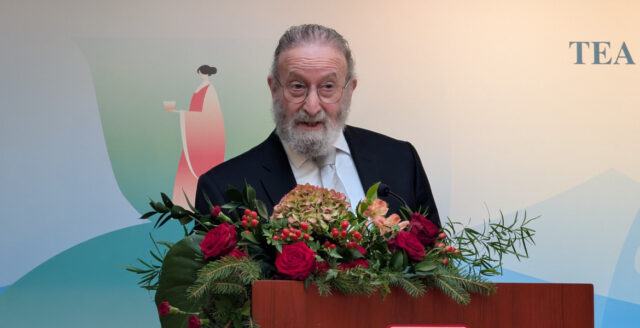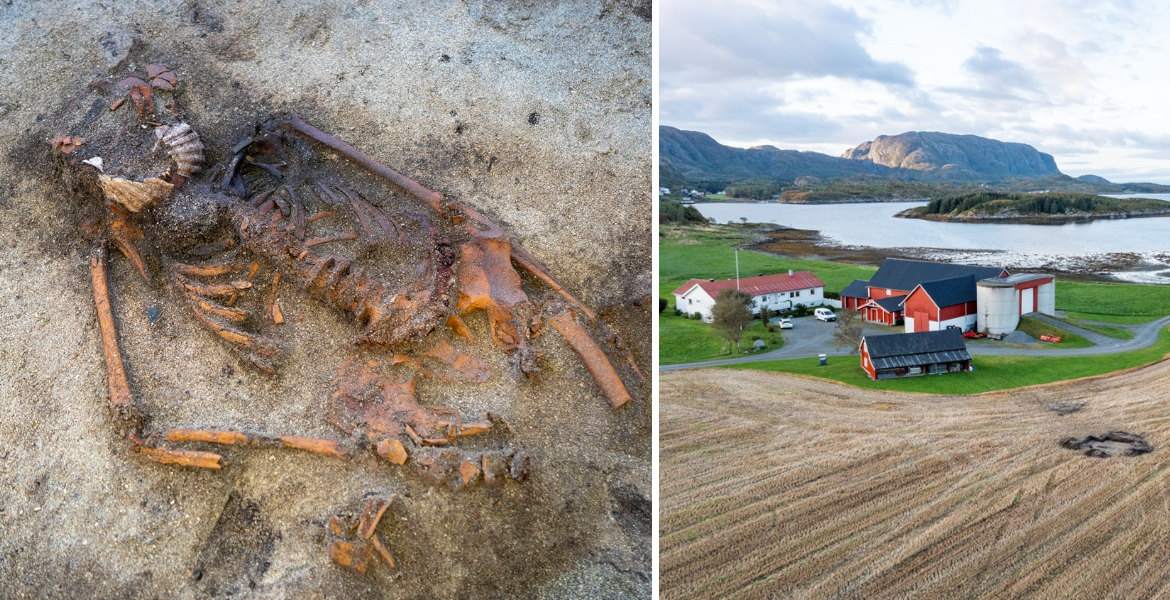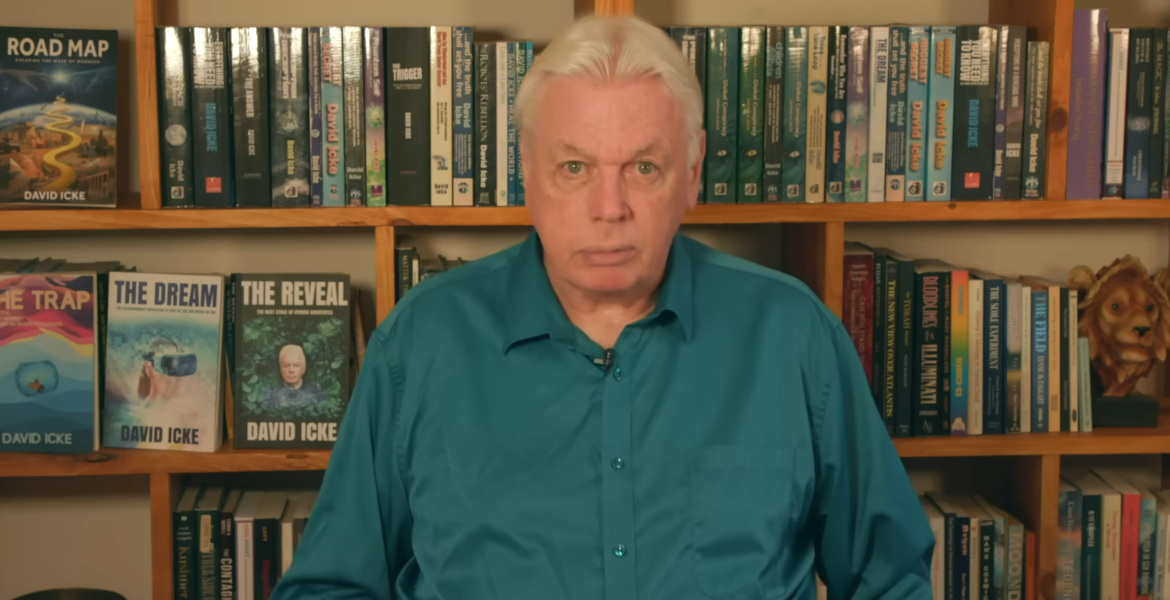According to sources, Leif Eriksson was born in Iceland around the year 970, the son of Erik the Red, a Norwegian explorer who founded the first Norse settlement in Greenland. During Leif's childhood and youth, large parts of the world were still mysterious and unexplored, but according to the Greenlandic saga, the Icelander Bjarni Herjolfsson had already encountered fog in 986 and drifted off course while sailing from Iceland to his father in Greenland. According to legend, he sighted three unknown lands, which he named Helluland, Markland, and Vinland - which were later identified as parts of eastern Canada. He never landed, however, but continued his journey to Greenland, where he is said to have spoken of his discoveries.
The article was originally published in The Nordic Times on June 9, 2024.
According to the saga, 15 years later Bjarni sold his ship to Leif Eriksson, who set out with 35 men to find the land described by the Icelander. Eriksson followed the route described and eventually reached North America - probably first the island now known as Baffin Island or the northern parts of Labrador.
Eriksson continued to explore the new continent and set up a winter camp in a milder climate while sending his men to explore the surrounding area. According to legend, they discovered that vines and grapes grew there - hence the name Vinland. Eriksson and his crew built a small settlement there, Leifsbudir, which was later used by other vikings who followed in his footsteps.
Eriksson himself returned to Greenland after the winter, according to the sources with a cargo of timber and grapes. On his way home he also rescued a shipwrecked Icelandic crew - which may have been the reason for his nickname "Leif the Lucky".

Eriksson never returned to the newly discovered continent, but died as a chieftain in Greenland sometime between 1018 and 1025. His discoveries, however, became very significant, and other Norsemen soon decided to seek out the lands he and his crew had described. For example, Leif Eriksson's brother Thorvald is said to have later sailed to the newly discovered land, but soon came into conflict and was killed by what were then called "skraelings" - meaning Native Americans or Inuit. According to the saga of Erik the Red, Thorfinn Karlsefni also sailed with 160 men and women, livestock and supplies, and set up camp at Leifsbudir and tried to build a community there. However, after accidents and conflicts (both internal and with the natives), plans for a permanent Norse settlement in North America were eventually abandoned.
How much truth there is in the sagas is difficult to say for sure today. What is certain, however, is that the Norse settled in North America sometime between 990 and 1050. At L'Anse aux Meadows, in the northern parts of Canadian Newfoundland, the remains of a viking settlement were discovered in the 1960s, including at least eight house foundations, tools, metal remains, sewing needles, and the remains of a forge. It was also estimated that the settlement was only used for a few years before it was abandoned - which fits well with Norse sagas.

When the French colonized North America in the 17th century, they also heard of an Indian legend that told of a kingdom far to the north, where blond men sat on vast riches of gold and furs - but that it was almost certainly doomed to be reached. It has at least been hypothesized that the stories originated from real encounters with Norsemen hundreds of years earlier.
While Leif Eriksson and the Norse explorers may not have made any major long-term changes to the North American continent, they certainly contributed to our understanding of world exploration. The adventurous spirit and nautical skills of the vikings were extraordinary, and their voyages expanded the world view in Europe long before the explorations of the Renaissance.

The date of Leif Eriksson's landing in the New World, October 9th, is now celebrated in parts of the USA as Leif Eriksson Day, as a tribute to the achievements of the vikings and the Nordic contributions to world history. The celebration is not only a recognition of Eriksson's achievements, but also of the exchange and meeting of two worlds.
Although there are still many unanswered questions about Eriksson's time in Vinland, his legacy has lived on in many ways. Interest in viking voyages and culture has become an area of academic research, as well as popular fascination with Leif Eriksson's adventurous spirit, which drove him and his crew across the world.








